How much is King Charles worth?
In some cases, the line between what’s owned ‘in the right of the Crown’ and what’s owned by Charles is blurred
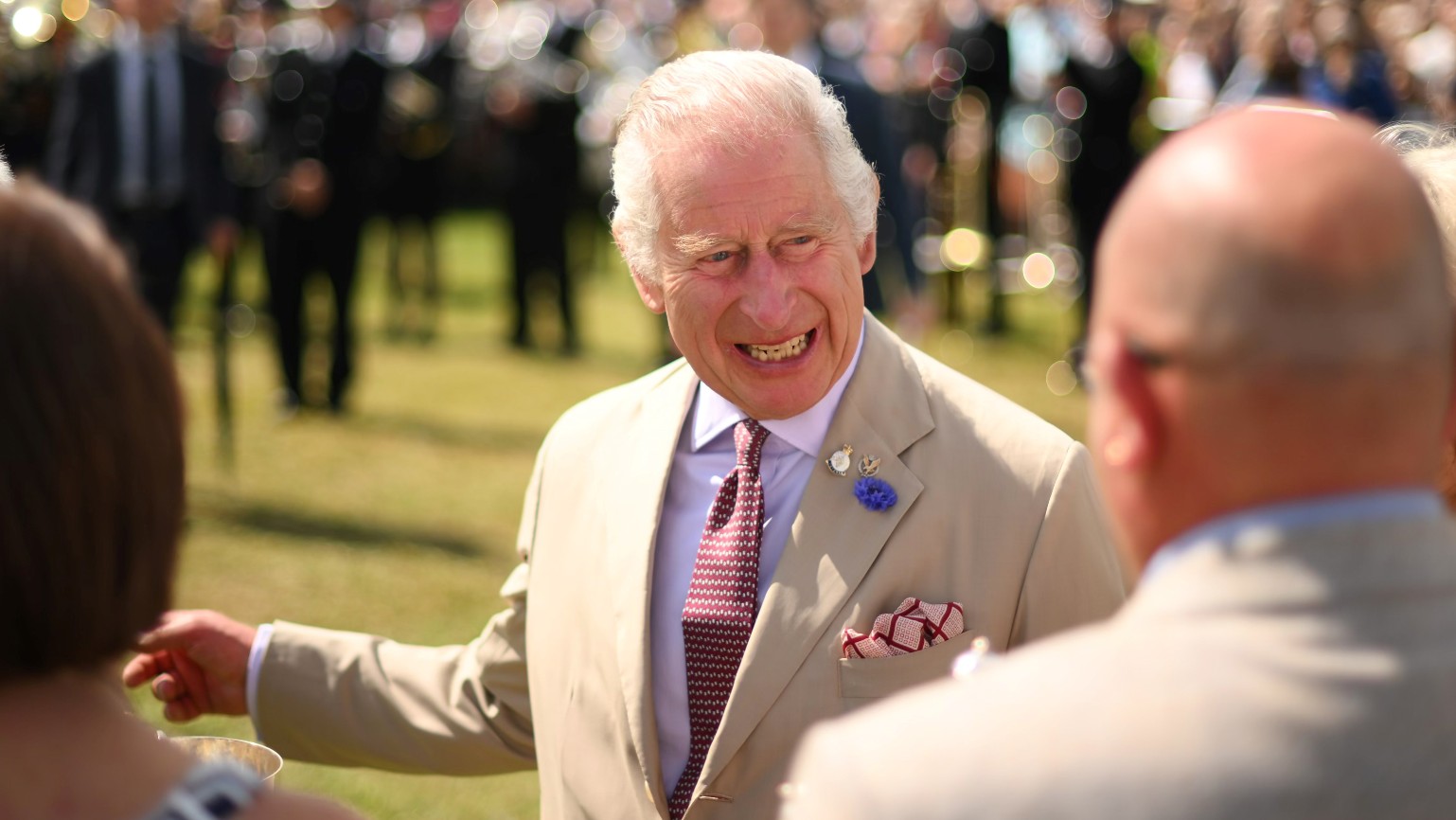
Estimates of King Charles’s private wealth vary widely. The Sunday Times Rich List team put it at £600m this year, while a Guardian investigation concluded he was worth closer to £1.8bn (it counted the Duchy of Lancaster as to some extent a private asset).
In some cases, there’s a clear line between what’s owned “in the right of the Crown” and what’s owned by him: Buckingham and Kensington Palaces are public property, while Sandringham and Balmoral are private. But there’s a large grey area, especially concerning official gifts received before 1995, when rules were laid down. As a result, it’s not clear, for instance, who owns every item in the royal art and stamp collections, which are both among the most valuable in the world.
Horses are another grey area. One expert valued Queen Elizabeth’s thoroughbreds at £27m; another told The Sunday Times that they’re more of a liability now. It’s unclear how some of them were labelled as “personal” rather than official gifts: some of the 30-odd racehorses Charles has auctioned off for £2.3m since October were given to the Queen by the Emir of Dubai and the Aga Khan, for instance. Information about the public-private division of the King’s fleet of Bentleys, Rolls-Royces and Jaguars is similarly hard to come by.
The Week
Escape your echo chamber. Get the facts behind the news, plus analysis from multiple perspectives.

Sign up for The Week's Free Newsletters
From our morning news briefing to a weekly Good News Newsletter, get the best of The Week delivered directly to your inbox.
From our morning news briefing to a weekly Good News Newsletter, get the best of The Week delivered directly to your inbox.
The monarchy’s main source of cash is the Crown Estate, a vast property portfolio that is racking up big profits from windfarms.
What exactly is the Crown Estate?
It is a portfolio of land and holdings, valued at over £20bn in 2022, which is technically owned by the monarch as part of his or her “public estate”, i.e. by virtue of holding the position. It includes 287,000 acres of agricultural land and forests; the Windsor Estate and Ascot Racecourse; all of Regent Street and half of St James’s in London; shopping centres and office buildings in various British cities; more than half the UK’s foreshore (the coastal land that’s underwater at high tide); and nearly all the UK’s seabed, excluding oil, gas and coal rights, within 12 nautical miles of the coast. Its urban properties alone are worth around £9bn. And the need for clean energy has made its marine holdings suddenly more valuable.
Leases for offshore wind projects brought the Estate’s profits for the last financial year to £442.6m, up £129.9m on the year before.
In what sense does it belong to the King?
The Crown Estate started out as a feudal landholding: in 1066, all of England became the property of William I by “right of conquest”. Later monarchs extended their holdings into Wales and Scotland. Even today, the presumption is that if land can’t be proved to belong to someone else, it is the Crown’s. For centuries, the Crown Estate was used to raise revenue for government. By the 18th century, though, the state was too big to be funded in this way, and the monarch no longer ruled the nation. In 1760, George III gave Parliament the Crown Estate’s revenues in exchange for an annual grant. The deal became a constitutional norm, and it has been renewed for every monarch down to Charles III.
A free daily email with the biggest news stories of the day – and the best features from TheWeek.com
Where does money from the Crown Estate go?
It is managed by independent commissioners, and the profit goes to the Treasury. From 1760 until 2012, the monarch was recompensed through the “civil list”, the main grant to cover his or her official expenses. David Cameron’s government simplified the system in 2011, replacing it with a “sovereign grant”, paid annually to the monarch in order to fund the royal family’s official duties, travel, and the upkeep of royal palaces. It is calculated as a percentage of the Crown Estate’s profits. A “golden ratchet” clause ensured that while funding could increase in line with profits, it would not fall. The reforms also shielded the monarchy’s funding from being argued about in Parliament: the grant is negotiated in private by the prime minister, the chancellor and the royal household’s financial manager.
Why is it an issue now?
In July, the Government concluded a review of the sovereign grant. A new deal was presented as a pay cut: the monarchy’s share of the profits from the Crown Estate will fall from 25% to 12%. But that was arguably misleading, because of the growth of offshore windfarms. In January, three new leases were announced in the Irish Sea and three in the North Sea, sufficient to generate 8GW of wind power. As a result of these and other offshore development leases, the Crown Estate’s profits are forecast to soar, from £442.6m this year to £1.04bn in 2023-24. So in effect the monarchy is getting a smaller slice of a much bigger pie, and the grant is projected to increase from £86.3m this year to £124.8m in 2025 – a pay rise of around 45%. The former cabinet secretary Lord Turnbull accused the Treasury of “a deliberate attempt to obfuscate” the issue.
Why the pay rise?
A Treasury spokesman said that the increase would be “temporary, only for the financial years of 2025-26 and 2026-27”, and would be used to complete renovation works at Buckingham Palace, which is badly dilapidated (over half the sovereign grant is spent maintaining the palaces; the rest goes on staff costs, hospitality and travel). The review concluded that, bearing in mind the effect on royal finances of Covid-19 and of inflation, higher funding was required. The grant will be reviewed again in 2026, “expecting to bring it back down in 2027”.
Nevertheless, Britain’s republicans complained that a hefty pay rise was wrong during a cost-of-living crisis, and at odds with Charles’s declared ambition to “slim down” the monarchy.
What other funds does the King receive?
As well as a “public estate”, the royal family has “private estates”: the Duchy of Lancaster, which is held in trust to give the sovereign a private income; the Duchy of Cornwall does the same for the Prince of Wales. The former is another giant portfolio, which last year produced profits of £26m; the Palace says this was “largely used to meet official expenditure”. The King also has extensive private wealth not gained by virtue of his position.
Are there any additional costs to the taxpayer?
The sovereign grant only costs £1.29 per UK citizen, but the taxpayer foots many other bills. Security costs, which are paid for by the government, are not disclosed – guesses range from a few million to £100m a year. There is also the cost of policing royal events. According to the Treasury, Queen Elizabeth’s funeral cost £162m. Unofficial estimates suggest that the coronation cost between £50m and £100m. There are indirect costs, too, such as the royal family’s exemption from inheritance tax. The campaign group Republic puts the overall annual price of the monarchy at £345m.
Is all this a good deal for the UK?
Any financial estimates are bound to be highly speculative, but every year the analyst Brand Finance tries to balance out the costs of the monarchy against the benefits: to tourism, to media and the arts, to trade, to Britain’s global image. In 2017, it estimated that the monarchy generated an annual “gross uplift” to the UK economy of £1.8bn. Under King Charles, it estimates a reduced royal benefit to the UK – of £958m for this financial year.
-
 Political cartoons for January 4
Political cartoons for January 4Cartoons Sunday's political cartoons include a resolution to learn a new language, and new names in Hades and on battleships
-
 The ultimate films of 2025 by genre
The ultimate films of 2025 by genreThe Week Recommends From comedies to thrillers, documentaries to animations, 2025 featured some unforgettable film moments
-
 Political cartoons for January 3
Political cartoons for January 3Cartoons Saturday's political cartoons include citizen journalists, self-reflective AI, and Donald Trump's transparency
-
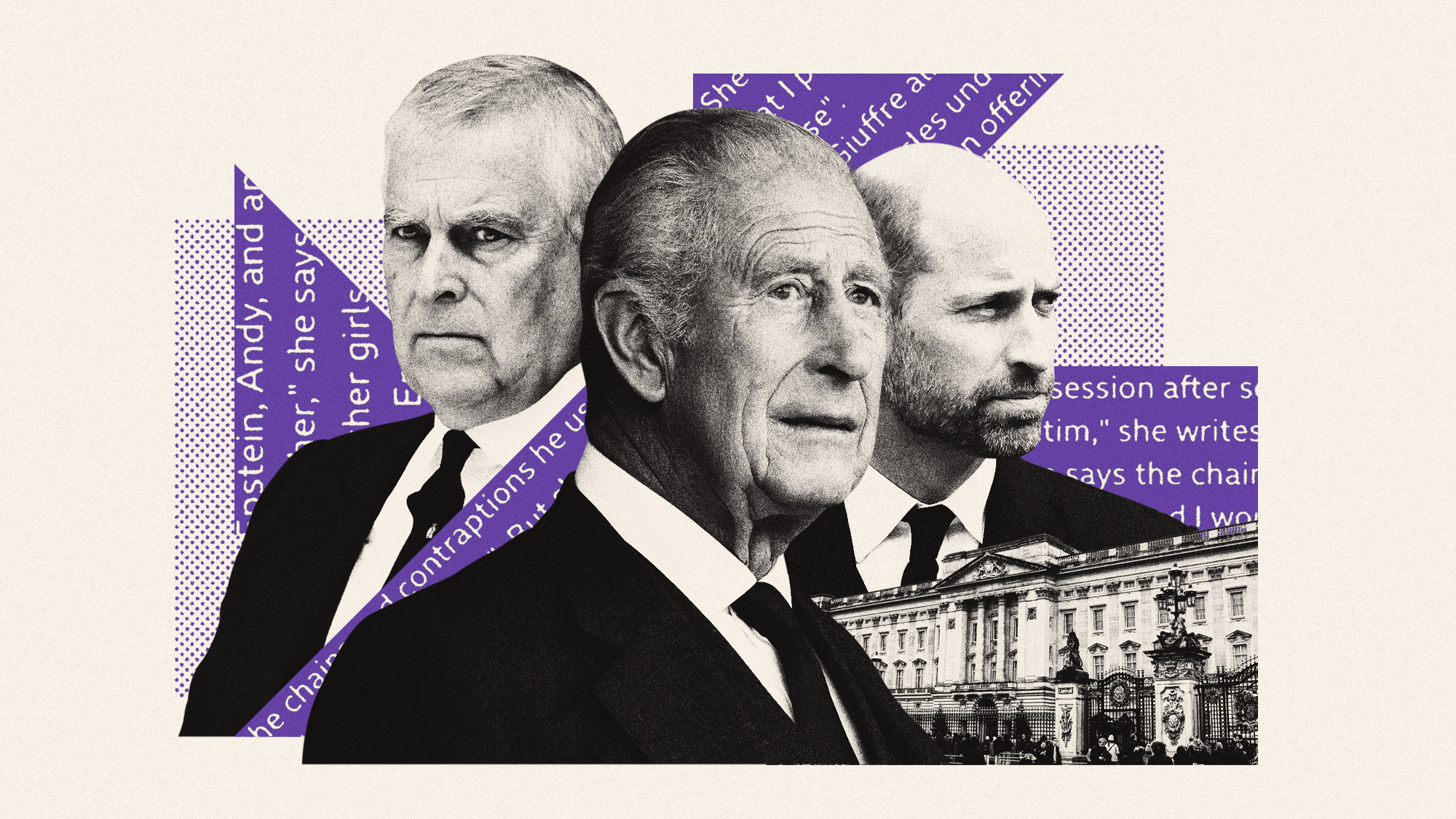 Prince Andrew: is the royal family doing enough?
Prince Andrew: is the royal family doing enough?Today’s Big Question King Charles faces calls for tougher action against Andrew after latest allegations about Virginia Giuffre and Jeffrey Epstein
-
 What will William be like as king?
What will William be like as king?Today's Big Question Prince of Wales said he won’t be ‘restricted’ by history when he takes the throne
-
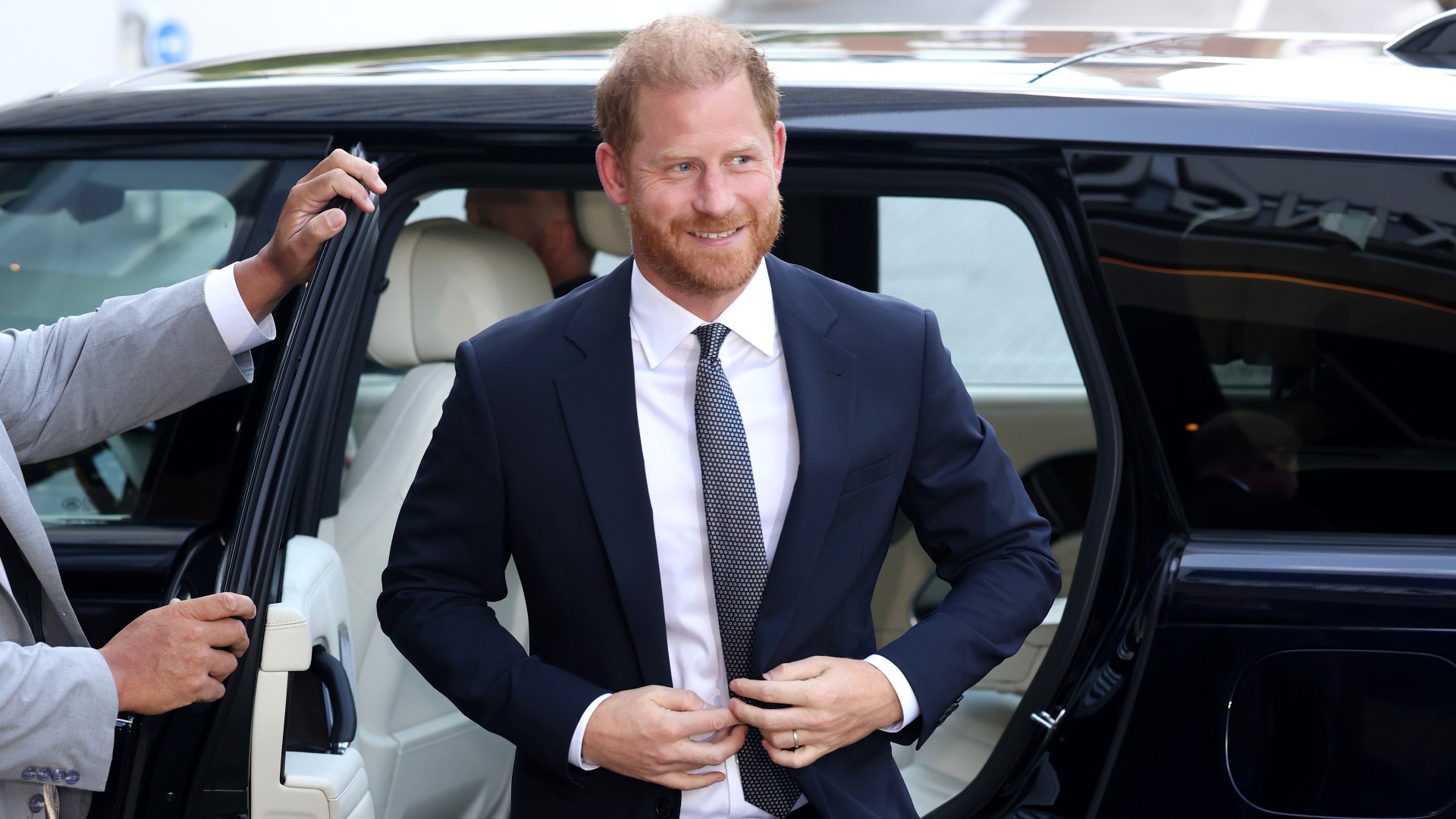 Prince charming: Harry’s tea with King sparks royal reconciliation rumours
Prince charming: Harry’s tea with King sparks royal reconciliation rumoursTalking Point Are the royals – and the UK public – ready to welcome the Duke of Sussex back in?
-
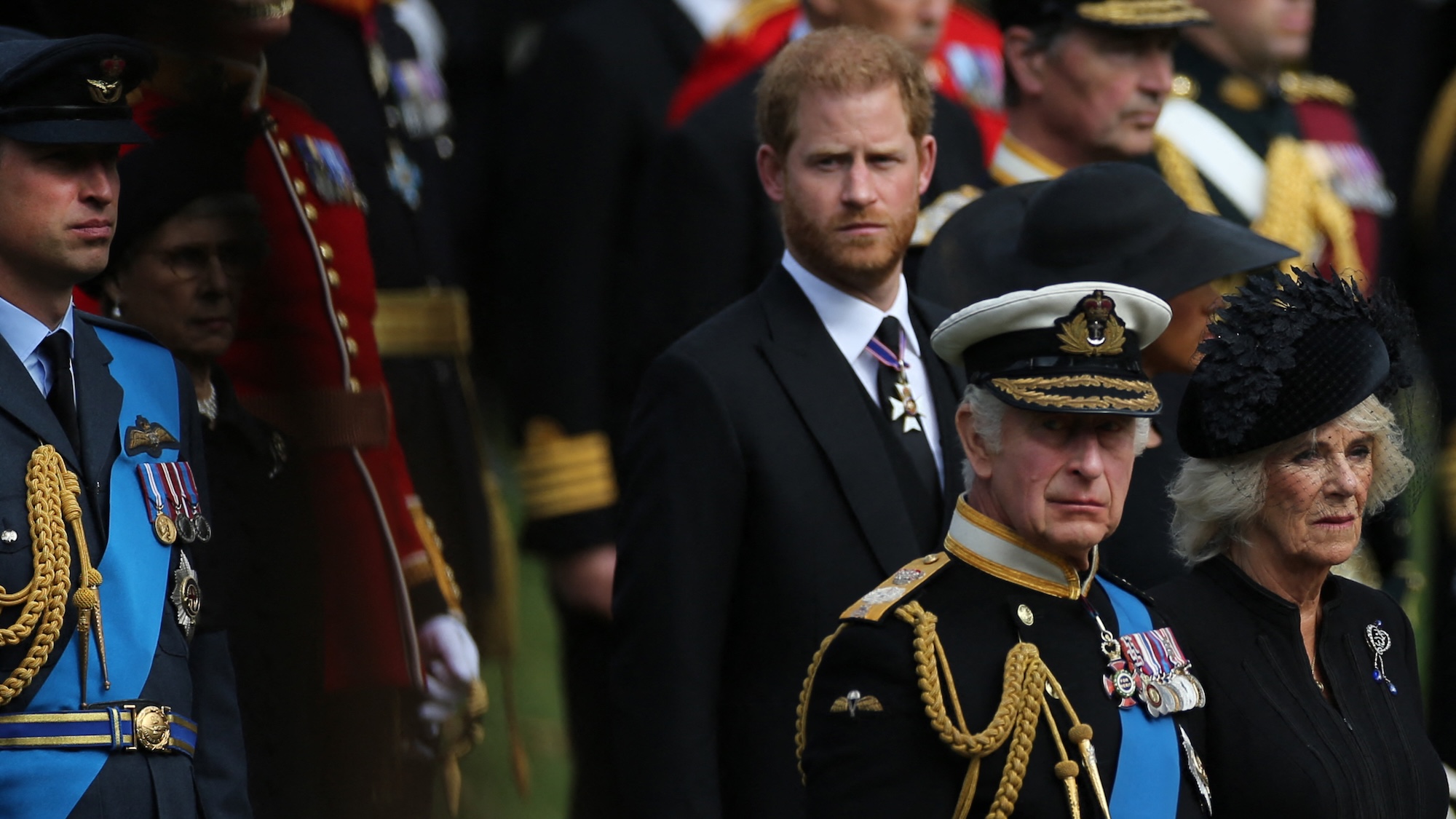 King Charles and Prince Harry: peace in our time?
King Charles and Prince Harry: peace in our time?Talking Point Leaked images of a secret meeting between royal aides suggest a dialogue is beginning to open up
-
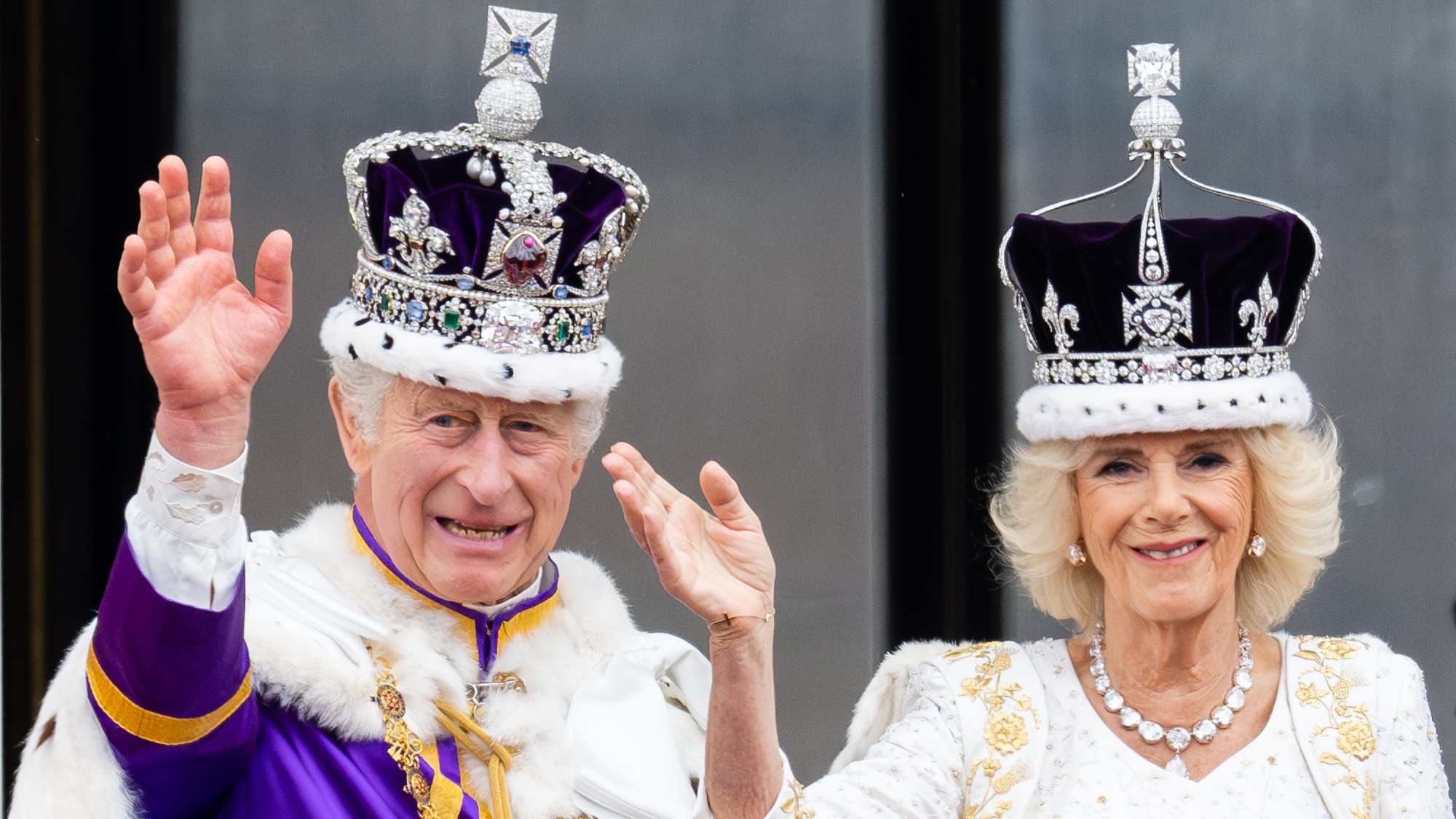 King Charles and the Sovereign Grant: how UK taxpayers fund the monarchy
King Charles and the Sovereign Grant: how UK taxpayers fund the monarchyThe Explainer Royals received £86.3m from government last year – and they are in line for a 50% increase
-
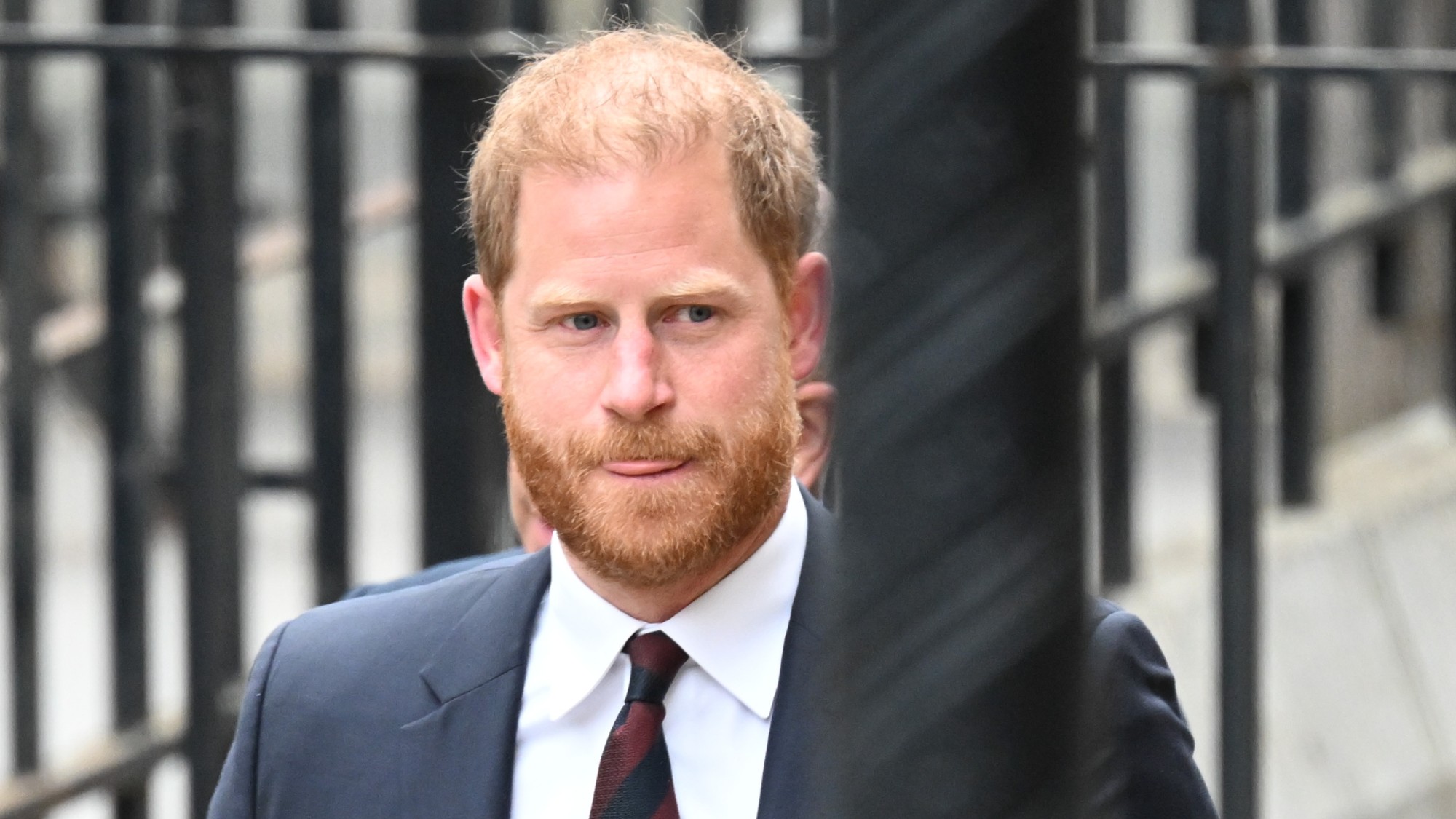 Prince Harry's 'bombshell' BBC interview
Prince Harry's 'bombshell' BBC interviewTalking Point Royal claims he is not safe to visit the UK and fuels speculation over King Charles' health in 'extraordinary' BBC interview
-
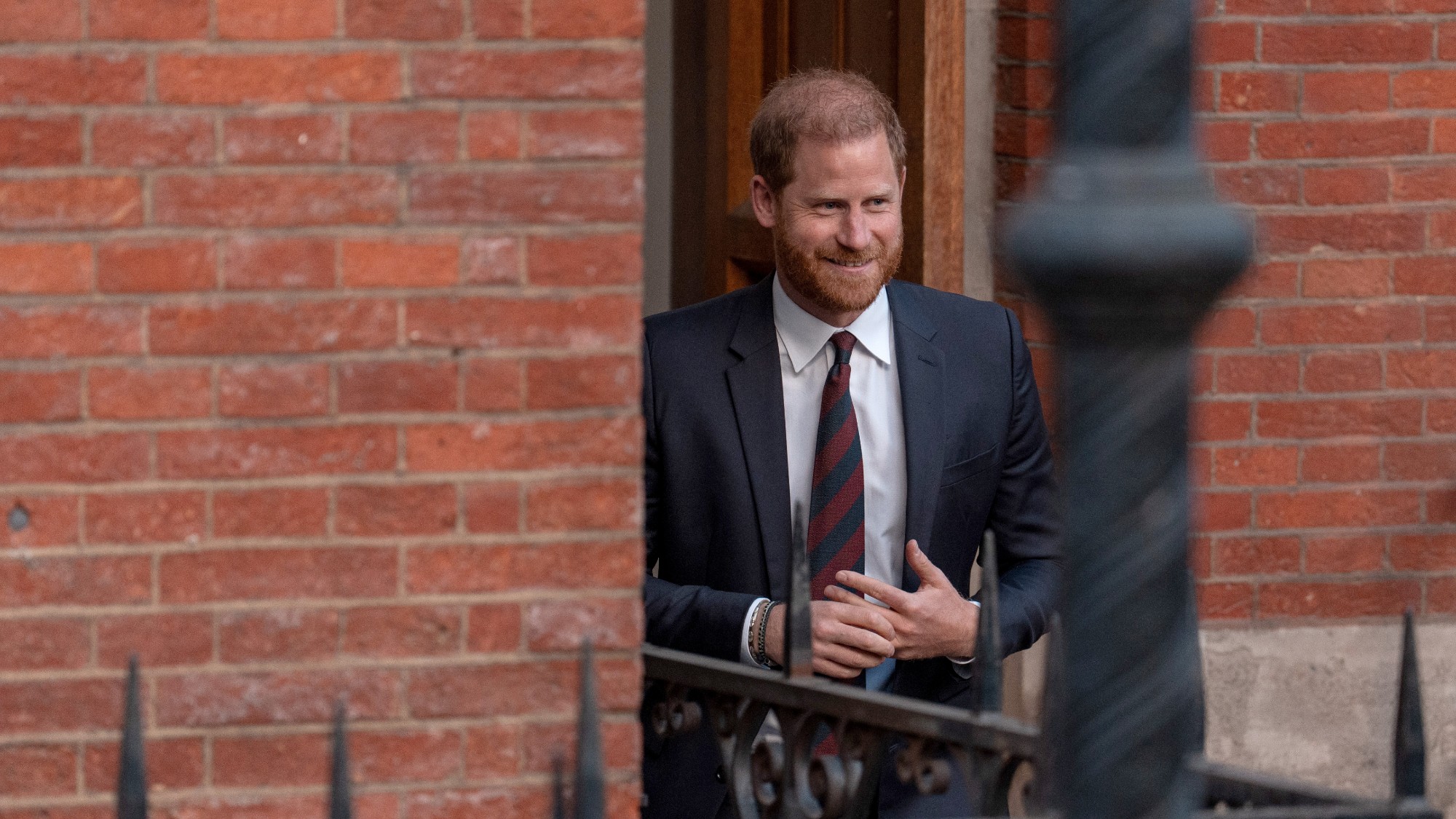 Is Prince Harry owed protection?
Is Prince Harry owed protection?Talking Point The Duke of Sussex claims he has been singled out for 'unjustified and inferior treatment' over decision to withdraw round-the-clock security
-
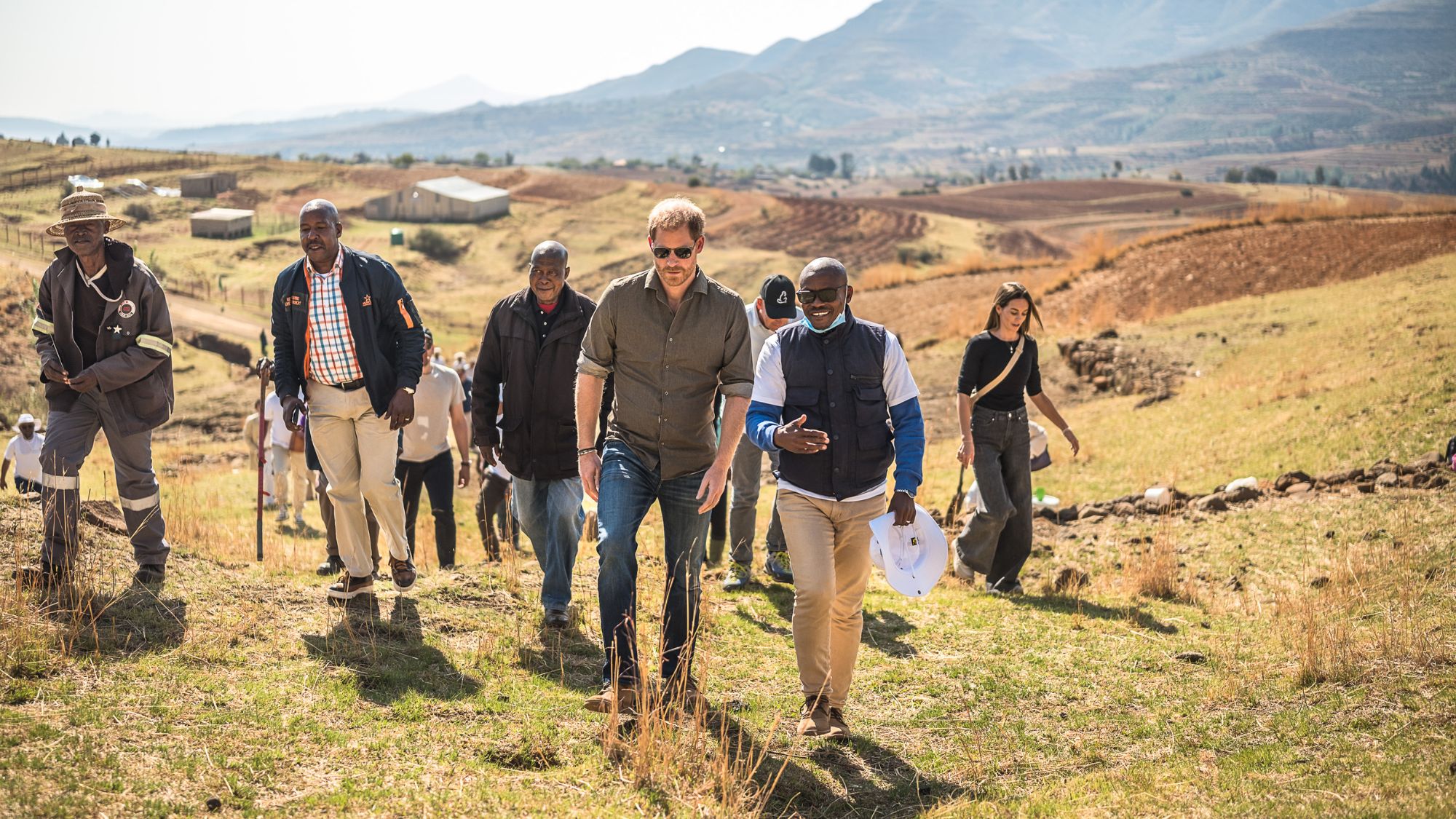 The Sentebale row: a blow for Prince Harry
The Sentebale row: a blow for Prince HarryTalking Point Duke of Sussex made 'devastating' decision to stand down as Aids charity's patron, following 'power struggle' between its trustees and new chair